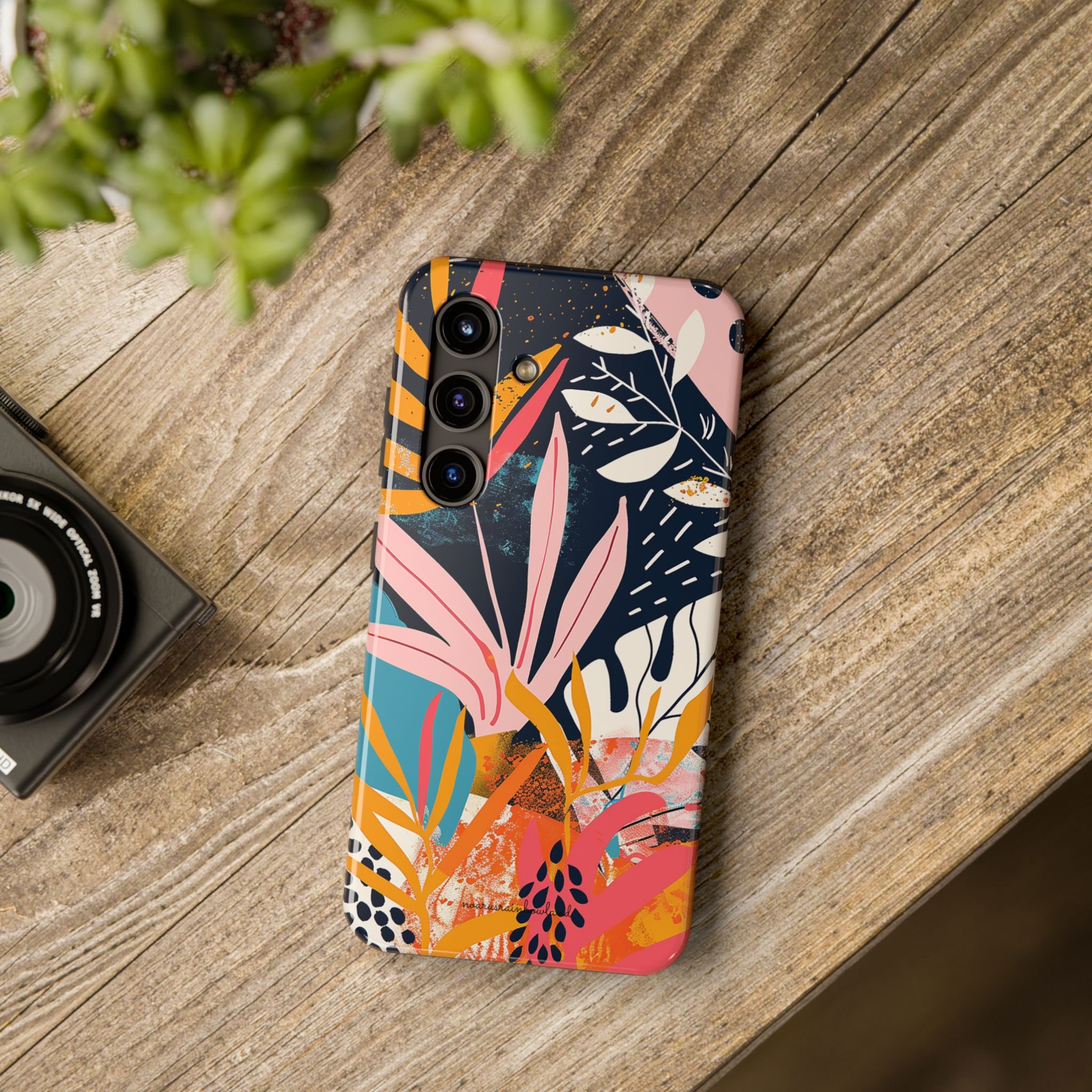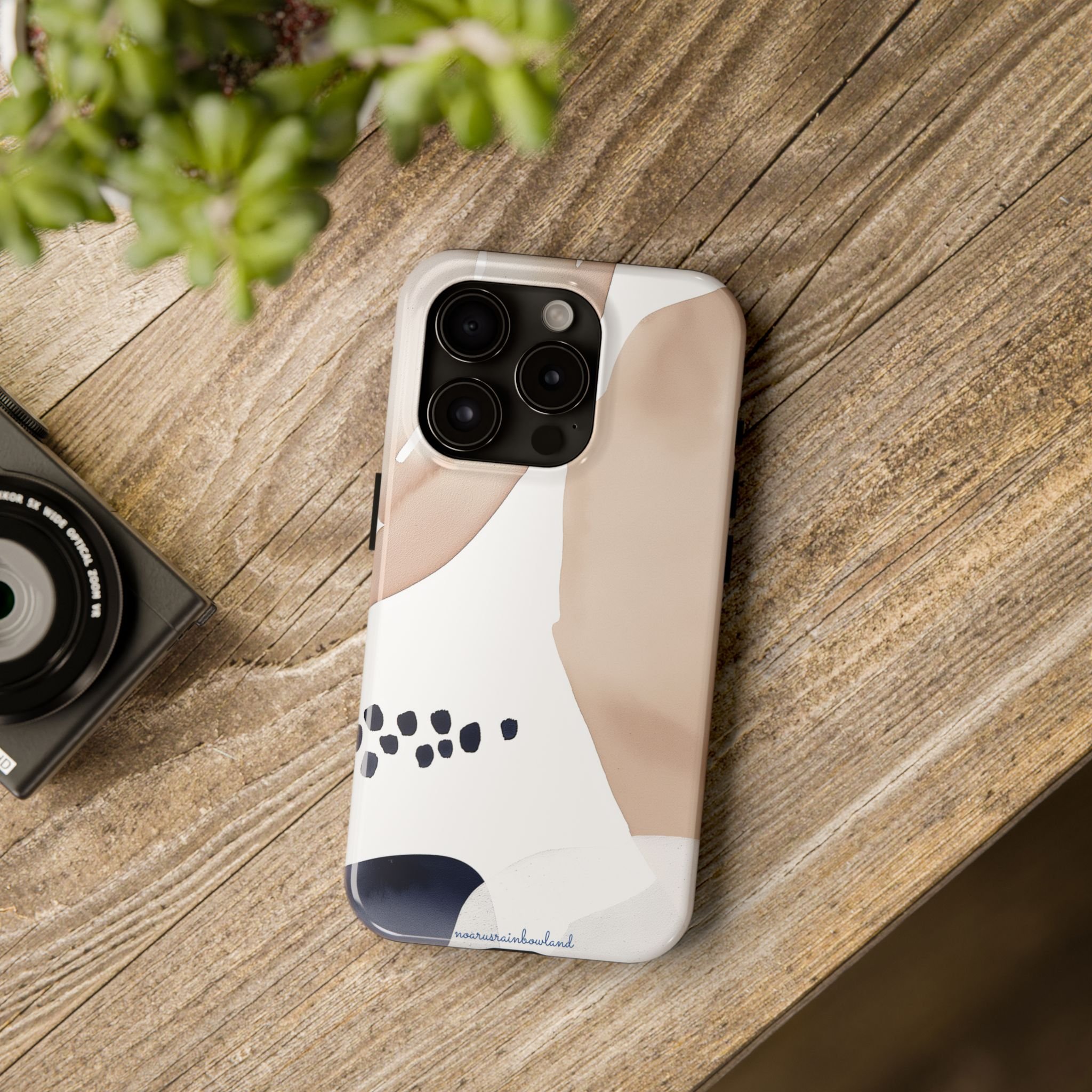AI-Generated Art: Redefining Creativity in 2025
AI-Generated Art: Redefining Creativity in 2025
In an era where artificial intelligence is reshaping industries, the art world is experiencing a transformation like never before. AI-generated art is no longer just a niche experiment—it’s a mainstream phenomenon sparking conversations about creativity, authorship, and the future of artistic expression. With tools like MidJourney, DALL·E, and RunwayML pushing the boundaries of digital creation, 2025 is proving to be the year AI solidifies its place in the creative process.
The Rise of AI in the Art World
From hyper-realistic portraits to surreal dreamscapes, AI-generated artwork is everywhere. These tools allow users to create intricate images from simple text prompts, empowering people who may not have formal artistic training to produce stunning visuals. This democratization of creativity means that more voices can enter the artistic space, challenging traditional notions of who can be an artist.
However, AI is not replacing human creativity—it’s enhancing it. Many digital artists are now incorporating AI into their workflow, using it as a starting point for ideas, refining its outputs, or blending it with traditional techniques. The relationship between artists and AI is evolving into a unique collaboration, where technology serves as both a tool and an inspiration.
AI vs. Traditional Art: A Debate That’s Just Beginning
Despite its popularity, AI-generated art is not without controversy. The biggest debate centers around originality and ownership—who truly “creates” AI art? If a program generates an image based on existing data, does that count as plagiarism? Should AI-generated works be considered on the same level as hand-crafted paintings?
Many argue that AI lacks true intentionality—it doesn’t “think” or “feel” like a human artist does. Yet, AI can still generate thought-provoking, emotionally compelling pieces that resonate with audiences. In 2024, a fully AI-generated artwork was shortlisted for a major international art award, raising further questions about the role of technology in creative recognition.
How AI is Shaping the Future of Creativity
Looking ahead, AI’s role in art will only expand. Some predictions for the near future include:
• Interactive AI Installations – Museums and galleries are already experimenting with AI-generated exhibits where visitors can co-create art in real-time.
• Personalized AI Art Commissions – Imagine an AI that learns your style preferences and creates custom pieces tailored to your tastes.
• Hybrid Art Forms – Artists are fusing AI with VR, 3D modeling, and traditional painting techniques to craft never-before-seen forms of expression.
Far from being a passing trend, AI-generated art is part of a larger shift in how we perceive and produce creative works. It challenges us to rethink artistry in the digital age and opens the door to new ways of expressing ideas.
Where Creativity and Innovation Meet
While AI may never replace the depth of human imagination, it is undeniably expanding what’s possible in the world of art. Whether you’re a professional artist or simply someone who appreciates beautiful visuals, AI offers new ways to engage with creativity.
And if you love unique, art-inspired designs, don’t forget to check out NoarusRainbowLand for exclusive phone cases that blend digital aesthetics with a personal touch!




